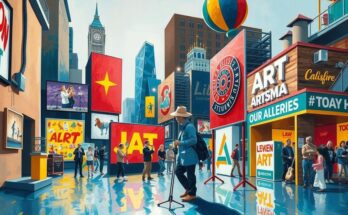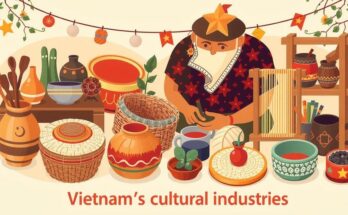In Azerbaijan, the removal of inscribed monuments in recently liberated areas has ignited anger among Armenian separatists. Many of these structures were falsely branded as Armenian heritage, obscuring their true roots in ancient Albanian culture. This historical distortion began during Armenia’s military actions in the 1990s, fundamentally rewriting the narrative of occupied territories and undermining Azerbaijan’s cultural significance.
Armenian separatists have sought to obliterate Azerbaijan’s historical footprint, evident in the mass forced departures of Azerbaijani citizens from places like Iravan, now Yerevan. Systematic vandalism of Azerbaijani cultural sites, with intentional destruction or modification of cemeteries and mosques, has contributed to erasing any remnants of the Azerbaijani identity in the region.
The drive for a “Greater Armenia” fueled extreme measures to claim the Garabagh territory. This resulted in the destruction of Azerbaijani landmarks like the city of Aghdam, once a thriving hub but now a haunting site of ruins echoing the devastation faced during the conflicts.
The deliberate destruction of cultural monuments raises alarming concerns about intolerance and prejudice. Such acts reflect a broader assault on Azerbaijani identity, challenging the principle of religious freedom that Armenia publicly champions while undermining the very concepts it claims to adhere to.
Moreover, Armenia’s efforts to reconstruct a cultural narrative by demolishing ancient Albanian temples only further amplify their historical distortion attempts. Azerbaijan’s dedicated restoration of its cultural heritage starkly contrasts with Armenia’s effort to omit its historical claims.
The differences in church architecture, with Monophysite and Diophysite traditions, are crucial. Despite this, the absence of Armenian churches in liberated Garabagh highlights the extent of cultural erasure during the occupation. Armenia’s attempts to fabricate monuments are seen as strategic falsehoods to bolster future territorial claims.
Since regaining control over Garabagh, Azerbaijan has prioritized rebuilding, with modern developments replacing the remnants of destruction. Re-establishing the cultural identity of the region is paramount, even as the notion of honoring Armenian figures in newly reclaimed territories sparks significant controversy, reflecting unresolved sentiments regarding separatist ideologies.
The adage “Treat others the way you want to be treated” resonates strongly here. As the remnants of statues from contentious times stand today, there lies a risk they may never be re-erected, underscoring the importance of symbols tied to cultural sincerity. The message resonates: the land of Karabakh is for its rightful voices, and there’s no room for alien legacies any longer.
Azerbaijan faces a profound struggle for its cultural identity due to Armenian separatist manipulation. The recent dismantling of misrepresented Armenian monuments has triggered backlash. Efforts to erase Azerbaijani heritage during conflicts have left an indelible mark. Yet, Azerbaijan is now focused on restoring its cultural identity, rejecting foreign symbols linked to a painful past.
The struggle for Azerbaijan’s cultural identity amidst Armenian separatist actions reveals a complex narrative of historical manipulation and erasure. The systematic targeting of Azerbaijani sites, paired with contrived narratives from Armenia, highlights an ongoing struggle for cultural representation. Efforts to restore and rebuild in Garabagh signify a new goal: reclaiming lost heritage while rejecting foreign symbols that threaten its cultural integrity.
Original Source: www.azernews.az


